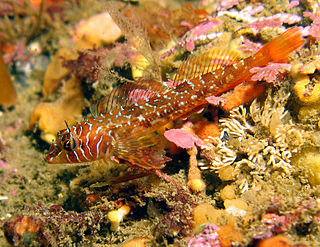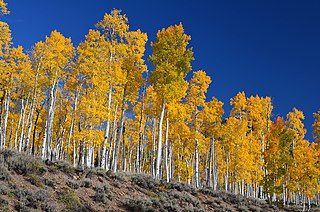 W
WAn aquatic animal is an animal, either vertebrate or invertebrate, which lives in the water for most or all of its lifetime. Many insects such as mosquitoes, mayflies, dragonflies and caddisflies have aquatic larvae, with winged adults. Aquatic animals may breathe air or extract oxygen that dissolved in water through specialised organs called gills, or directly through the skin. Natural environments and the animals that live in them can be categorized as aquatic (water) or terrestrial (land). This designation is polyphyletic.
 W
WChionophiles are any organisms that can thrive in cold winter conditions. These animals have specialized adaptations that help them survive the harshest winters.
 W
WHoarding or caching in animal behavior is the storage of food in locations hidden from the sight of both conspecifics and members of other species. Most commonly, the function of hoarding or caching is to store food in times of surplus for times when food is less plentiful. However, there is evidence that some amount of caching or hoarding is done in order to ripen the food, called ripening caching. The term hoarding is most typically used for rodents, whereas caching is more commonly used in reference to birds, but the behaviors in both animal groups are quite similar.
 W
WThe largest organisms now found on Earth can be determined according to various aspects of an organism's size, such as: mass, volume, area, length, height, or even genome size. Some organisms group together to form a superorganism, but such are not classed as single large organisms. The Great Barrier Reef is the world's largest structure composed of living entities, stretching 2,000 km (1,200 mi), but contains many organisms of many types of species.
 W
WA litter is the live birth of multiple offspring at one time in animals from the same mother and usually from one set of parents, particularly from three to eight offspring. The word is most often used for the offspring of mammals, but can be used for any animal that gives birth to multiple young. In comparison, a group of eggs and the offspring that hatch from them are frequently called a clutch, while young birds are often called a brood. Animals from the same litter are referred to as litter-mates.
 W
WPersonality in animals has been investigated across a variety of different scientific fields including agricultural science, animal behaviour, anthropology, psychology, veterinary medicine, and zoology. Thus, the definition for animal personality may vary according to the context and scope of study. However, there is recent consensus in the literature for a broad definition that describes animal personality as individual differences in behaviour that are consistent across time and ecological context. Here, consistency refers to the repeatability of behavioural differences between individuals and not a trait that presents itself the same way in varying environments.
 W
WSubterranean fauna refers to animal species that are adapted to live in underground environment. Troglofauna and stygofauna are the two types of subterranean fauna. Both are associated with hypogean habitats – troglofauna is associated with terrestrial subterranean environment, and stygofauna with all kind of subterranean waters.
 W
WTerrestrial animals are animals that live predominantly or entirely on land, as compared with aquatic animals, which live predominantly or entirely in the water, or amphibians, which rely on a combination of aquatic and terrestrial habitats. Terrestrial invertebrates include ants, flies, crickets, grasshoppers and spiders.
 W
WIn ethology, territory is the sociographical area that an animal of a particular species consistently defends against conspecifics. Animals that defend territories in this way are referred to as territorial.
 W
WA xerocole, commonly referred to as a desert animal, is an animal adapted to live in the desert. The main challenges they must overcome are lack of water and excessive heat. To conserve water, they both avoid evaporation and concentrate excretions. Some are so adept at conserving water or obtaining it from food that they do not need to drink at all. To escape the desert heat, xerocoles tend to be either nocturnal or crepuscular, most active at dawn and dusk.